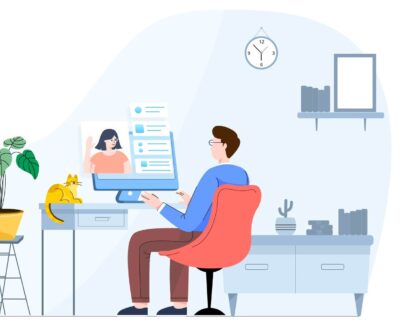

Would you open your wallet to a salesman you just met? In the same manner, most people skip content that gratingly pitches products or services. It’s shameless plugging. Complicating things online is the trend of people installing ad blockers and shying away from opt-ins that potentially profiles them to advertisers.
With the growing distrust around content that hard-sells or otherwise just distracts from meaningful connection, how then can businesses reach their intended customers? The answer is in plain sight, but is often ignored by marketers: educational content.
Educational content gives instructions or explains concepts to people who are already looking for help. The toolkit ranges from how-to articles, FAQs, walk-through videos, tip posts, to webinars, among other types. Producing educational content takes a user-focused approach. What’s needed is a solution to an informational problem, rather than outright advertising.
Top-notch educational content shares these qualities – make sure to apply them in your next interaction with potential customers!
Impart knowledge
Even if the interaction doesn’t ultimately result in a purchase, it should raise awareness about your business. Customers who consume educational content leave with a richer understanding of how your business is positioned to solve their current problem. You’re seen as an authority in the industry, compared to those that are locked in the selling mode.
How do you do it? Make sure that customers learn something valuable through your content. Examples include comprehensive tutorials, did-you-know (DYK) information, or industry situationers.
Explain KSPs in context
When introducing a new product or service, marketers put emphasis on the “wow factor”, content-wise. But people aren’t really impressed that much with splash pages and showcase videos that end with a “Buy now” call-to-action.
Instead, prospective customers check out content that’s more neutral in tone and scope – such as FAQs, technical specs, white papers, or even quick guides. These types of content let the key selling points (KSP) speak for themselves, without trying hard to dazzle customers and failing at it.
Ease known difficulties
Ever tried calling customer care hotlines? Designed with labyrinthine paths (“Press 9 to repeat your choices”) to skimp on manpower, any other way to resolve an issue is more palatable to save time and frustration.
To appease customers, a cheaper but more versatile resource is content that addresses pain points. One article can be accessed multiple times by many, compared with a one-to-one personal conversation in a call center.
If your content anticipates and troubleshoots questions or complaints, you score both with customers and your bottom line.
Although there are content types that lend themselves naturally to a learning focus, most other types can benefit by framing the interaction through an education-based perspective. Content is the currency that lets you share knowledge, key selling points, and guidance at the same time. It’s a win-win scenario to both your customers and business.




